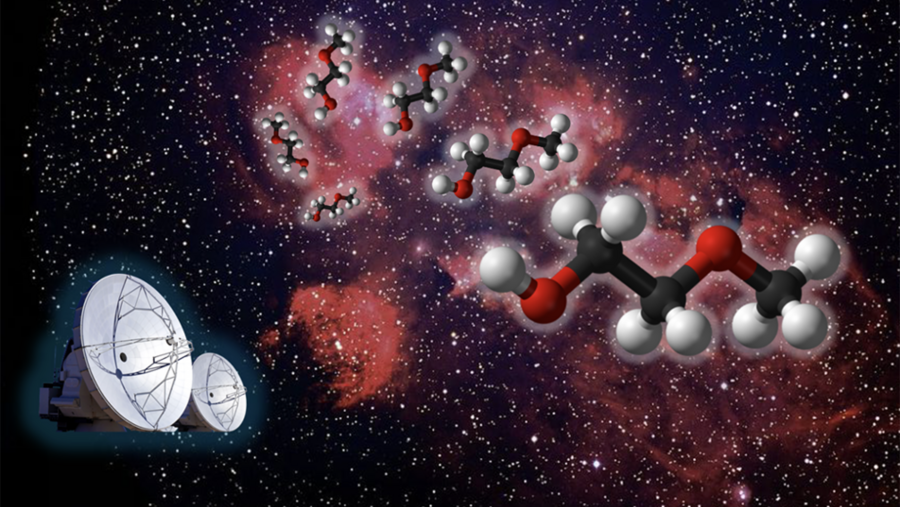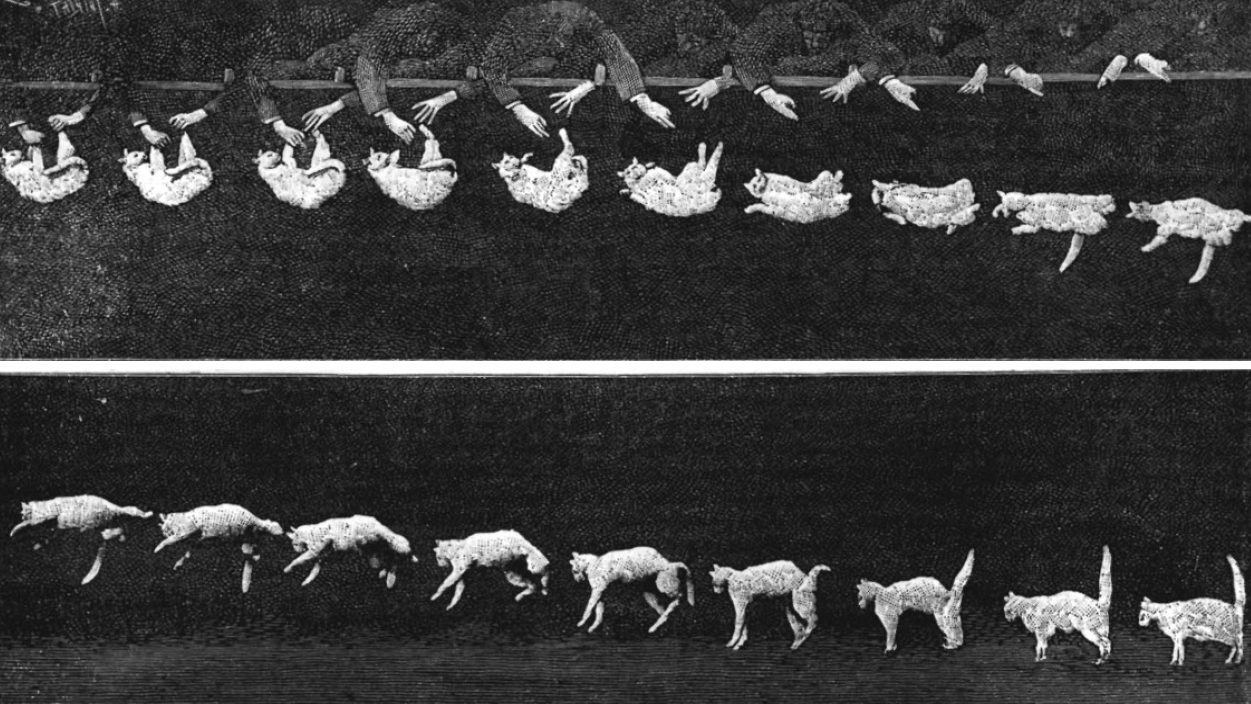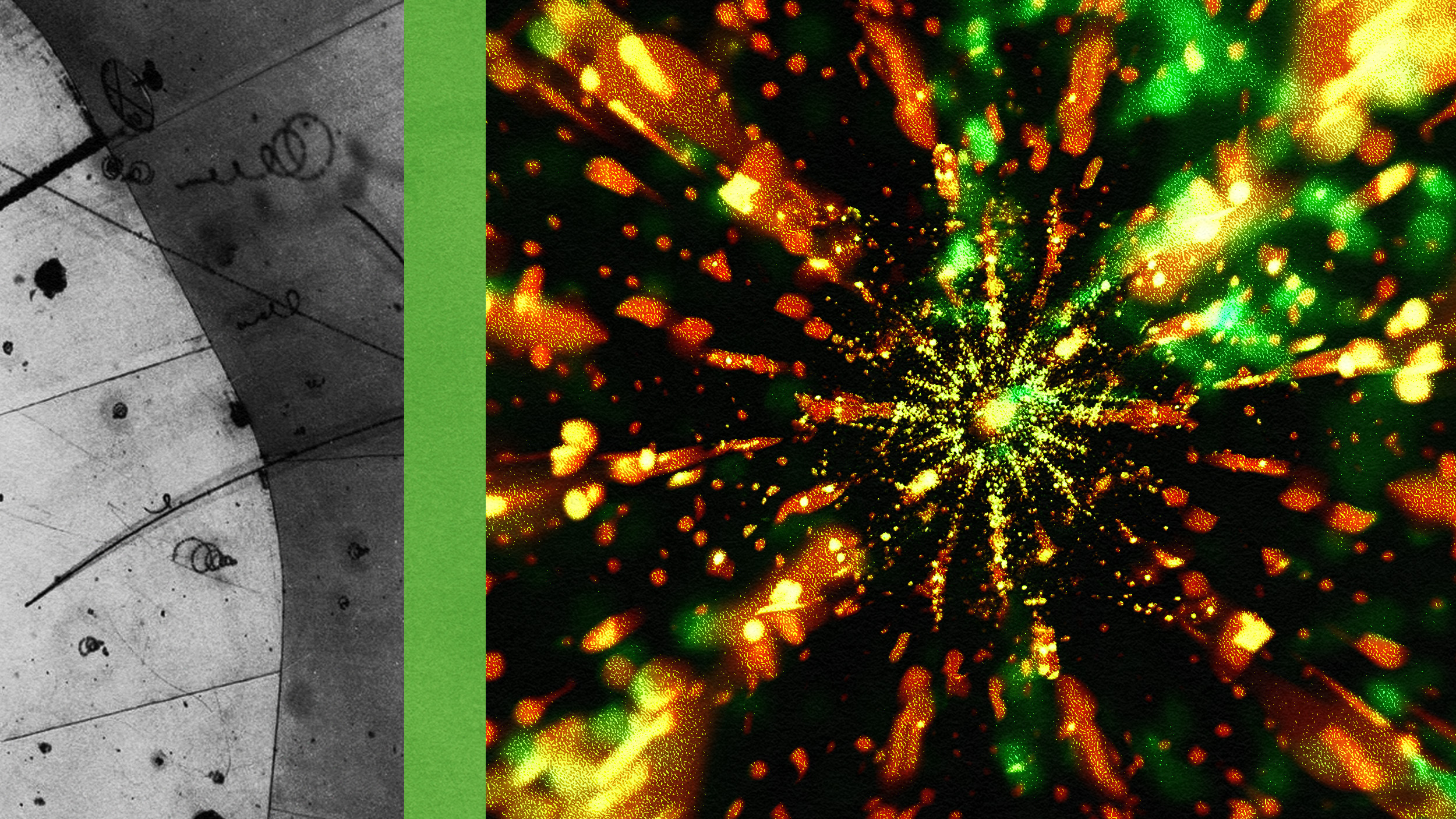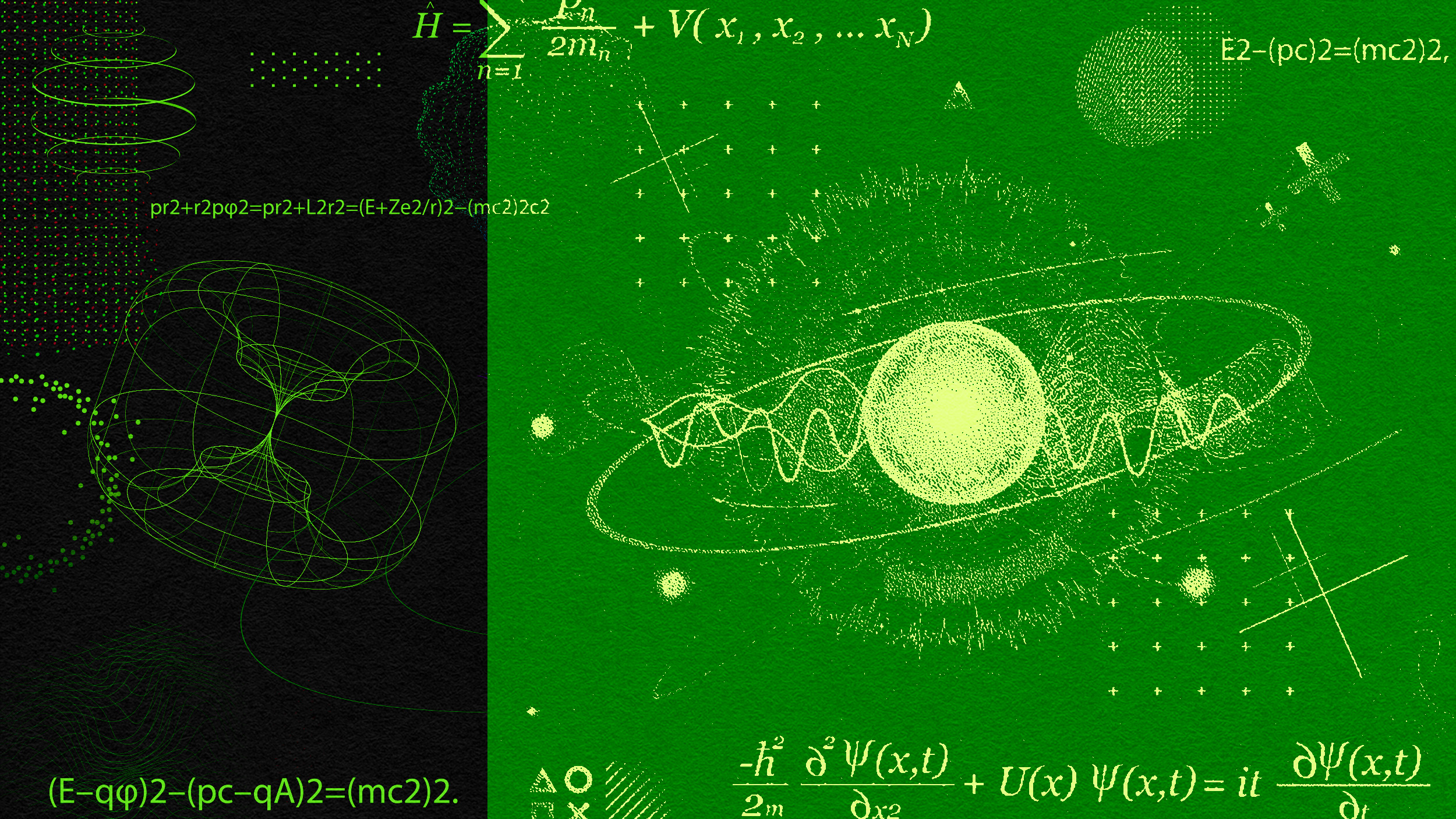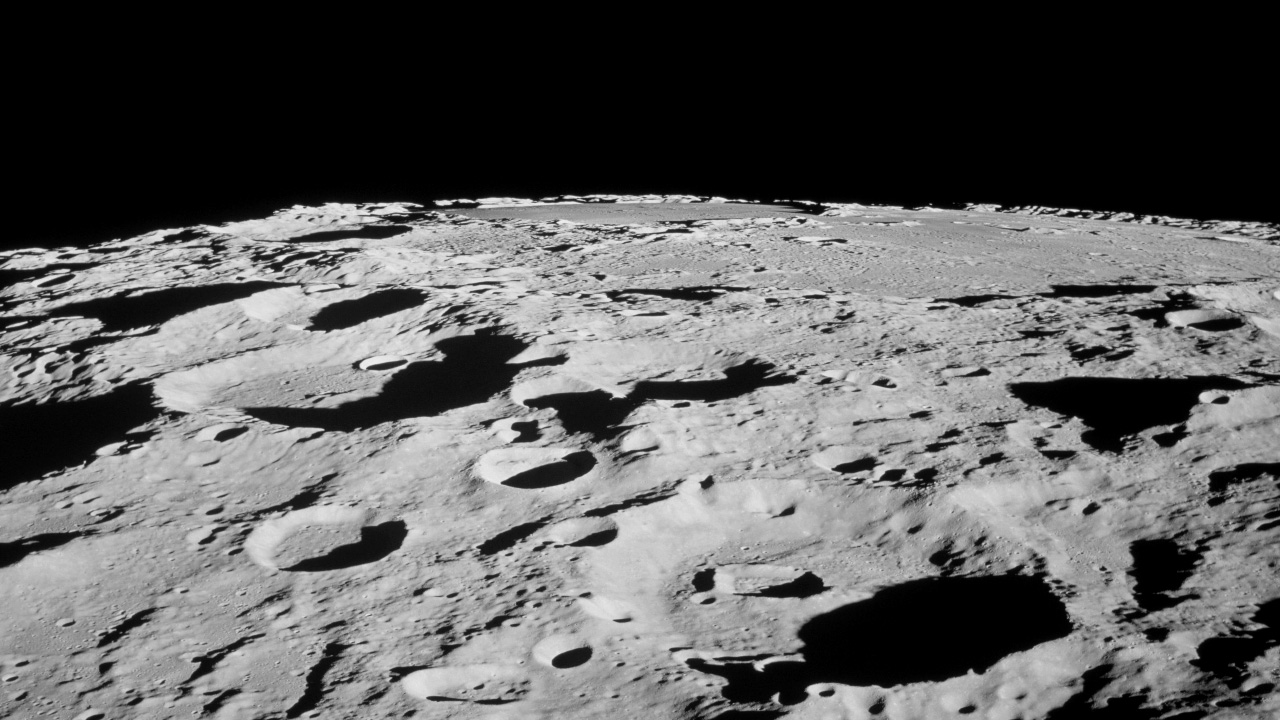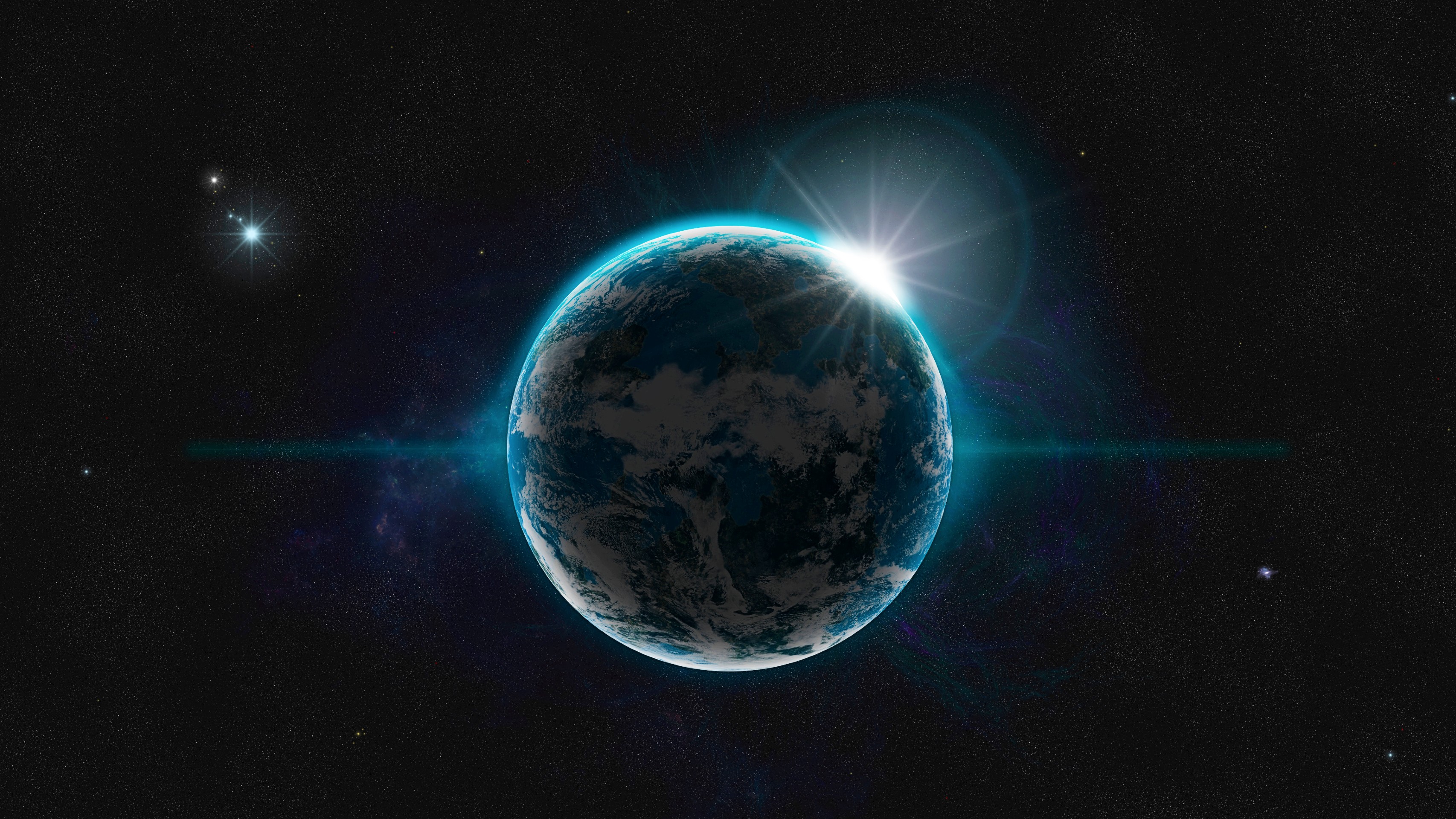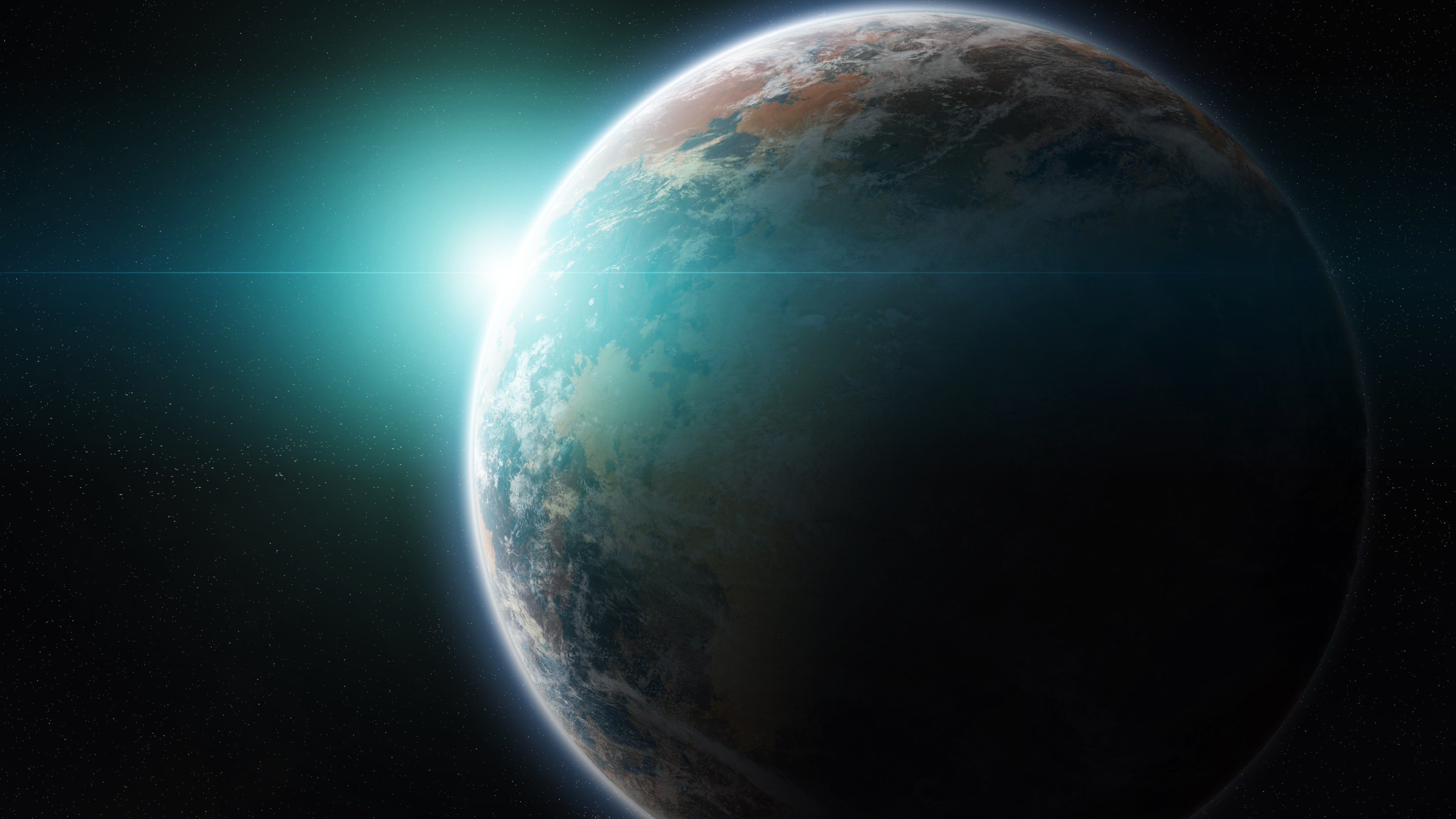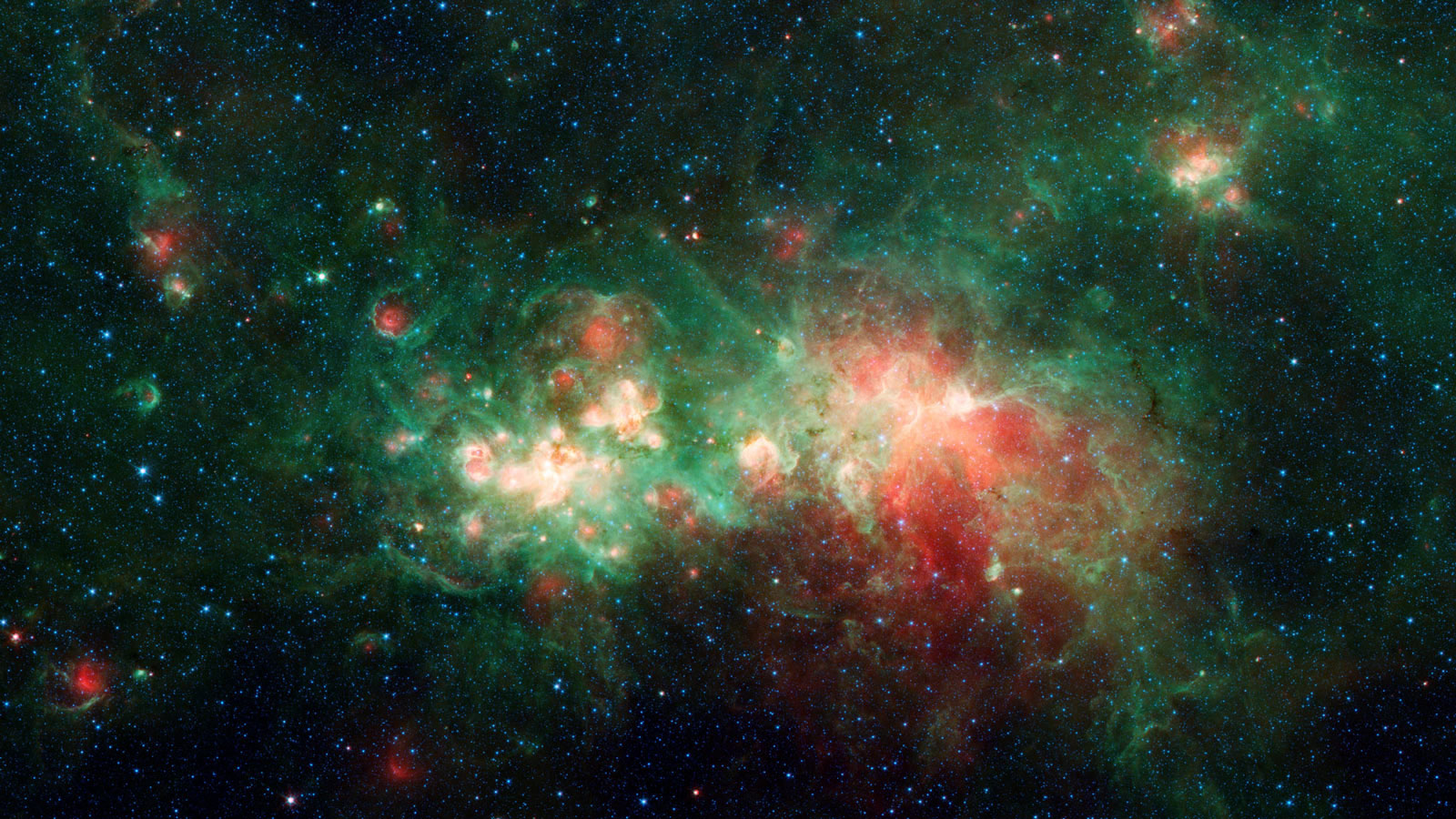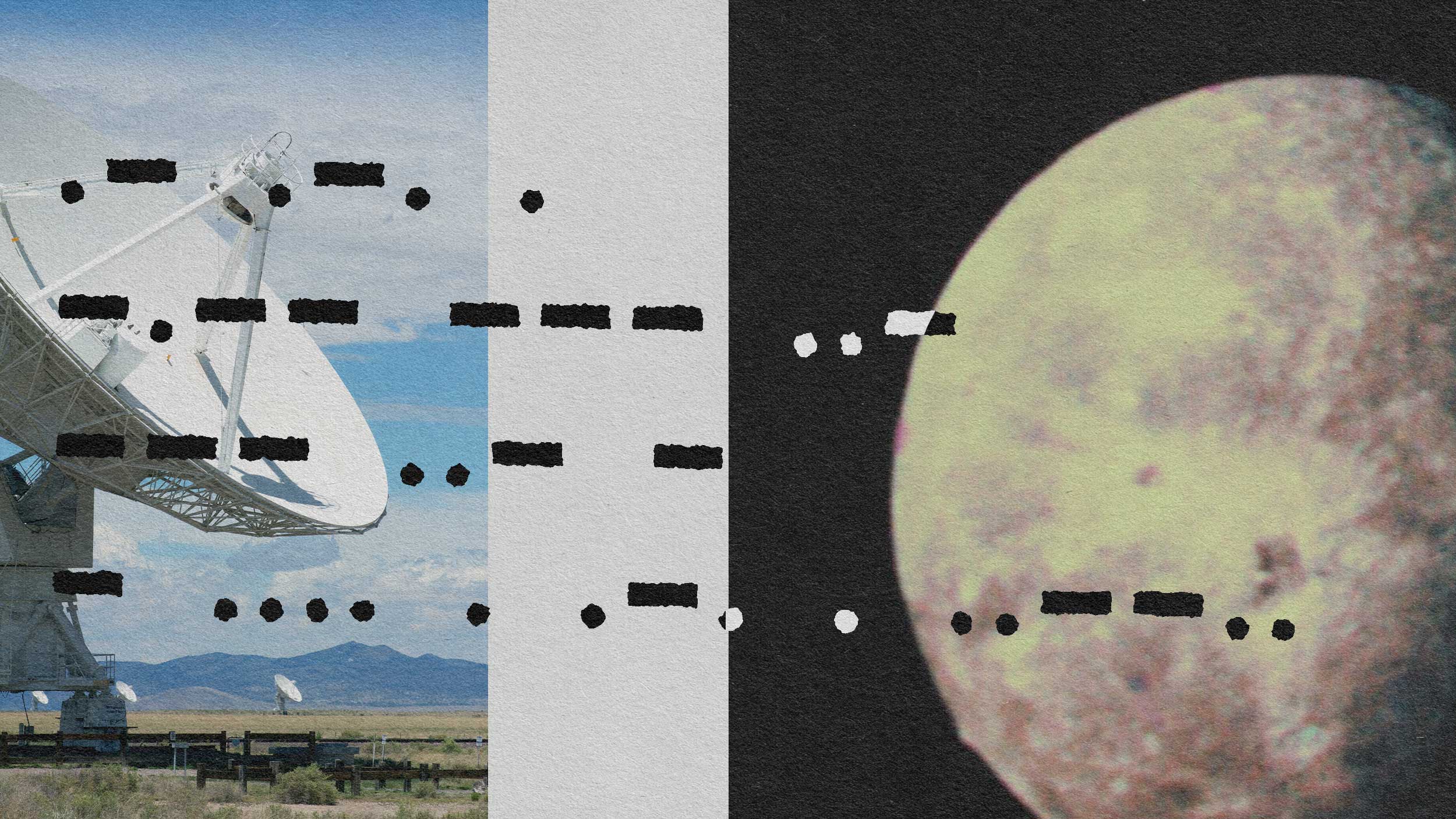Hard Science
All Stories
DUNE is designed to detect the Universe’s most antisocial particle: the neutrino.
The recent discovery of a large cave on the Moon highlights the importance of caves not just for future space explorers but astrobiology as well.
Why dispelling the notion that it’s all about getting the correct answer is so powerful.
Quarks and leptons are the smallest known subatomic particles. Does the Standard Model allow for an even smaller layer of matter to exist?
A recent paper in the journal Physical Review Letters claims to prove that a “kugelblitz” is not possible.
Such discoveries help researchers better understand the development of molecular complexity in space during star formation.
Cats twist and snakes slide, exploiting and negotiating physical laws. Scientists are figuring out how.
The Extremely Large Telescope (ELT) will have a light-collecting power 10 times greater than today’s best telescope.
The properties of a ghostly particle called a neutrino are coming into focus.
A long view of biological survival might point us to new possibilities for finding life elsewhere in the Universe.
This research team is working out how to detect extraterrestrial cells in the liquid water ocean hidden beneath Enceladus’s icy crust.
The evolution of quantum technology is far from over.
CERN’s NA64 experiment used a high-energy muon beam technique to advance the elusive search for dark matter, offering new hope for solving one of astronomy’s greatest mysteries.
The Moon is the most likely place for evidence from the dawn of life on Earth to be preserved in cold storage.
Northern lights in the American South, clusters of huge geomagnetic storms—the Sun is throwing a tantrum right on schedule.
Is gravity weaker over distances of billions of light-years?
Ancient currents seemed to move in concert with a 2.4 million-year dance between the Red Planet and Earth.
The threats Mars astronauts face — and how NASA is working to solve them.
A new technique that can automatically classify phases of physical systems could help scientists investigate novel materials.
Scientists are searching for dark matter particles that are trillions or even quadrillion times lighter than the more traditional searches.
The number of planets that could support life may be far greater than previously thought, a recent discovery suggests.
IceCube scientists have detected high-energy tau neutrinos from deep space, suggesting that neutrino transformations occur not only in lab experiments but also over cosmic distances.
If the past is any guide, things are going to take off quickly.
A human hand has the power to split wooden planks and demolish concrete blocks. A trio of physicists investigated why this feat doesn’t shatter our bones.
“I hope we take a mindset where we are willing to look for weird life in weird places.”
The JWST’s observations of well-developed galaxies early in universal history may coincide with accepted astronomical theory after all.
Here’s what recent DESI measurements suggest — and why it’s too early to update conventional predictions about the Universe’s distant future.
Since 1962, humanity has been sending messages into space with the intent to make contact with intelligent extraterrestrials. Are those efforts worth the risks?
Aliens are often portrayed in popular culture as humanoid. But in reality, intelligent extraterrestrials might take far stranger forms.
Forensics has reached the final frontier, and could be used to solve future space accidents—or crimes.





